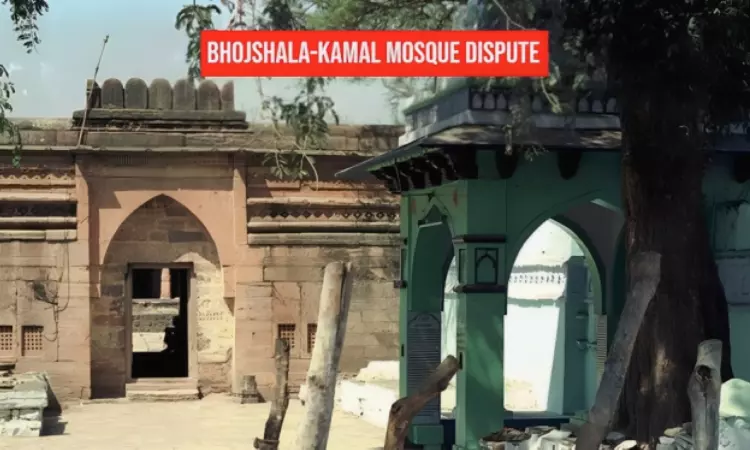Bhojshala-Kamal Mosque Row | 'Existing Structure Built From Temple Remains': ASI Submits Survey Report To MP High Court
Sparsh Upadhyay
15 July 2024 3:57 PM IST

Next Story
15 July 2024 3:57 PM IST
In a significant development, the Archaeological Survey of India (ASI) has submitted its survey report on the Bhojshala-Kamal Maula Mosque Complex before the Madhya Pradesh High Court. The report concludes that the existing structure (Kamal Maula mosque) was constructed using parts from earlier temples.In its report, the ASI has said that based on scientific investigations and...
